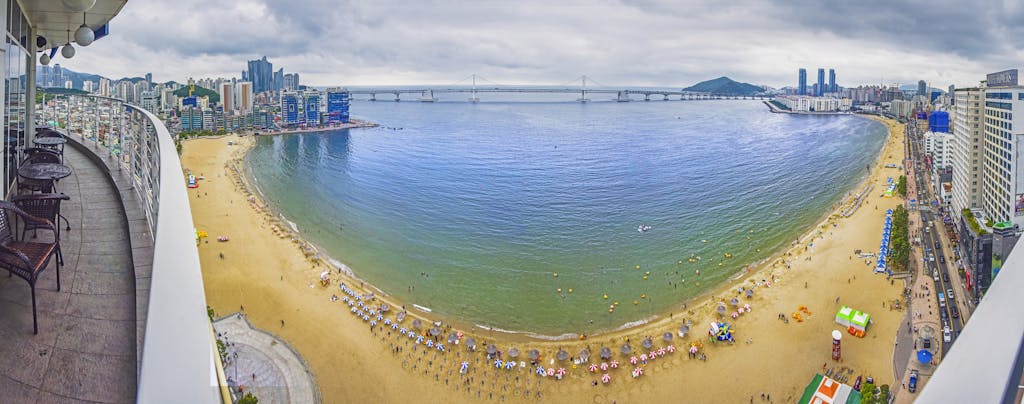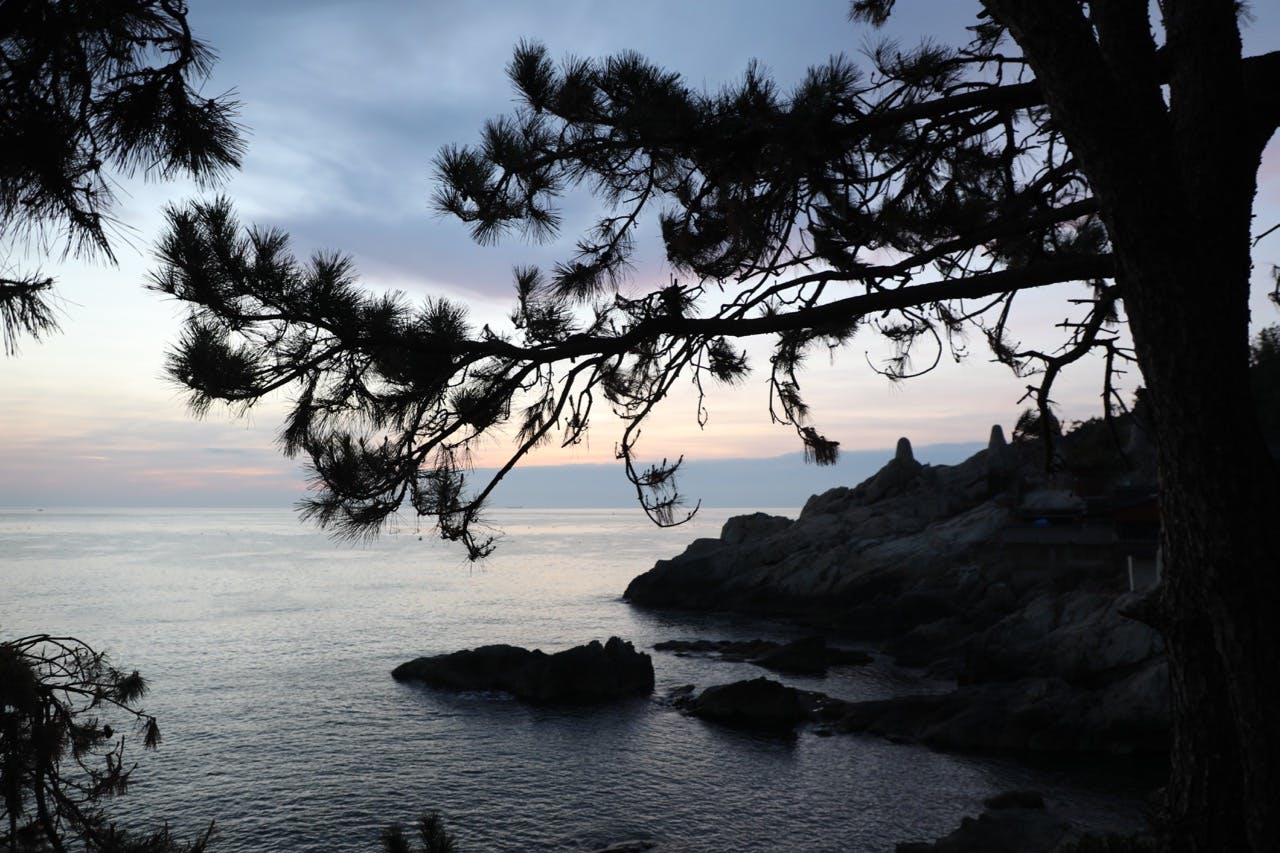Korea Embraces Contemporary Culture, Honors Heritage and Natural Wonders
On my first-ever visit to the peninsula of Korea, a content creation mission for Silversea’s Discover with colleagues who are filmmakers and photographers, we traveled to its key port cities. We investigated Incheon (the gateway to Seoul), Sokcho, on the northeast coast, cosmopolitan Busan, the “Los Angeles of Korea,” and, finally, Yeosu, an island-heavy resort town on the southern coast.
Here’s what I knew before I traveled: From cultural and commercial perspectives, Korea is buzzing. If you haven’t watched “Parasite,” the Korean-made film that was the first international flick to win an Academy Award for best movie, or listened to K-pop (a style of music, aimed at young folks, with influences of R&B, hip-hop, experimental, rock, jazz, dance, disco and classical), you might not, understandably, get how much its culture is permeating the global Zeitgeist. Netflix is an incredible importer of great television set here (mostly in Seoul). “Kitty XO” is the “Emily of Paris” of Korea; perhaps even more compelling is “Extraordinary Attorney Woo,” about an autistic woman who overcomes challenges to be a super-successful trial litigator. In both cases, because they’re filmed in Seoul and beyond, the landscapes and the filming locations start to feel familiar. And the personal stories catch your heart.
The peninsula’s culinary movement, which stretches from Michelin-starred experimental cooking to the ancient tradition of kimchi, is an invitation to try new (and old) tastes and, quite often, dishes that fall in between the two. In every town we visited, the evolving community food markets were an insight into how a mix of generations considers the importance of heritage and innovation in Korean cuisine.
Beyond that? What strikes me is how interesting each of the cities is. Each has its own attitude, character, energy, and each has its mix of contemporary and traditional lifestyles that lie side by side, quite compatibly, it seems.
The same applies to the natural wonders each, all quite different. Before the trip, I imagined Korea as one urban city after another. The surprise? You don’t have to go far to get into beautiful, mountainous countrysides, often flanked by the sea.

Korea is 64 percent mountainous, according to the Convention on Biological Diversity, and it dictates the rural ambience. My favorites, featured in the films and photos we captured here, include the Beakrok tea plantation near Yeosu and Beomeosa Temple, high above extroverted Busan. (The day we visited, heavy mist and rain obscured any more worldly views and it was magic.) I loved Seoraksan Mountain, a UNESCO Biosphere Reserve, with towering, craggy peaks and a funicular that eliminates much (but not all) of the hiking labor, on the outskirts of Sokcho. In Incheon, Wolmi Traditional Park may be near the heart of the city, yet its Joseon Dynasty influences transform it into an oasis.
It’s been an incredibly busy few weeks here, and I’m not alone in feeling grateful for making new discoveries, urban and otherwise. We hope our experiences inspire you to discover not only what makes each port city special but also provides a glimpse into Korea’s rituals, traditions, colorful life and landscapes.

